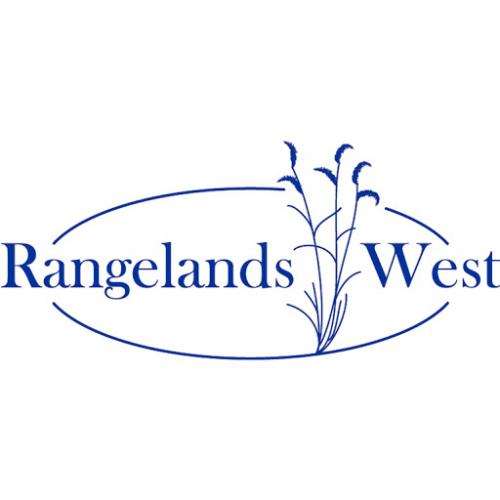Sagebrush (Artemisia spp.) is the primary shrub on most Nevada rangelands at elevations above 4,500 ft to 5,000 ft. Neil West identifies two distinct sagebrush regions: the sagebrush semi-desert and the sagebrush steppe. The same species of sagebrush occur in reach region, but important differences are present. These include different climatic patterns, different ratios of shrubs to grasses and forbs (nonwoody flowering plants) in the herbaceous (grasses and forbs) understory, and different amounts of total vegetation production each year. These differences result in each sagebrush type responding differently to disturbances. Managing sagebrush-grass rangelands in Nevada requires understanding how the sagebrush species and their associated shrubs, grasses, and forbs interact with each other, disturbances, climate, topography, and soils. The potential relationships are many and complex.
Â

Articles, citations, reports, websites, and multimedia resources focused on rangeland ecology, management, restoration, and other issues on American rangelands.